This article looks at a few innovations introduced to eliminate some of the hazards associated with inner-tube head assemblies and overshots.
Despite the very clever innovations that have been introduced to reduce the risks associated with wireline retrieval, the industry still experiences accidents related to wireline operations.
This article provides some recommendations as a first step in reducing the risks associated with wireline retrieval operations.
In order to fully appreciate the hazards associated with wireline retrieval, a thorough understanding of the process is required. This article explains the processes involved as a starting point for a better understanding of the hazards.
This article explores two of the most significant hazards relating to inner-tube head assemblies.
This article aims to clarify some of the calculations that were published in our articles on the pullback capacity of top drive drill rigs and clear up any misunderstanding, particularly around the Schramm TX 130 drill rig.
It is essential that the meaning of automation is established, with reference to the drilling industry, before requirements are put in place. This article explores the idea of automation and hands-free rod handling.
The type of hands-free system to use, depends on the drilling application. Read more about the relevant types of systems.
While hands-free rod handling systems are becoming increasingly prevalent, they are not without some issues.
Christensen Rod Handling System (RHS) option is used in surface core drilling applications and is available as an option for both the Christensen 140 and Christensen CT20.
LoadSafe safely handles heavy drill pipe, drill collars and casing. LoadSafe is designed to safely lift tubulars from horizontal position into alignment with the tilting top head of the drill rig.
Probably due to a large number of hand injuries whilst tripping drill rods, mining companies are increasingly requesting hands free rod handling systems. In the case of rotary percussion or reverse circulation drill pipe this makes great sense and we have seen many different designs of hands free systems.
We were recently made aware of a fatality involving the use of a pipe wrench. Have a look at this article, which analyses the use of wrenches in drilling operations.
This article addresses the depth capacity of the second common type of drill rig used on exploration projects.
Diligent inspection of wire ropes is an essential part of a pre-start and daily inspection system.
Wire rope will develop defects during use through several different mechanisms each of which will affect the strength of the rope and therefore limit the working life of the rope.
It is not possible to look at a wire rope and determine its strength. We therefore need to have strict standards to determine when a wire rope should be discarded.
This article discusses the requirements for the regularity of inspections and /or examinations that must be done on lifting equipment and lifting tackle.
Wire ropes are sometimes poorly understood and so in this article we explore wire rope design and construction.
Wire rope selection is closely related to the properties of the rope. In this article we discuss the most important properties of a wire rope.
Wire ropes are designed to run through sheaves but sheave wheel diameter has a significant impact on the strength efficiency of the rope.
Every major mining company has identified lifting operations as a fatal risk and so a very clear understanding of the legal requirements applicable to lifting operations is of critical importance. This article analyses the relevant legislation and considers whether our drill rigs meet the legal requirements.

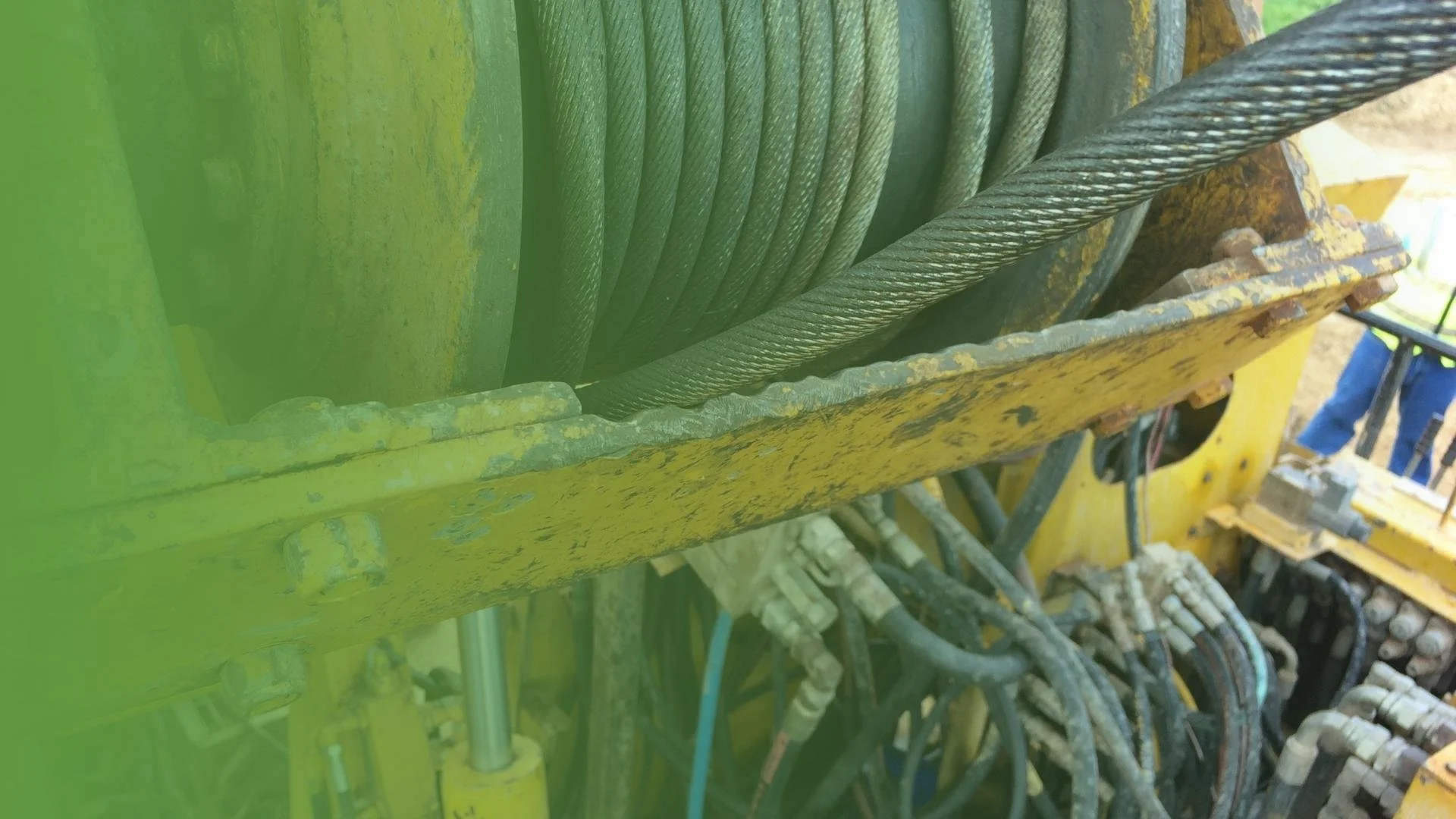








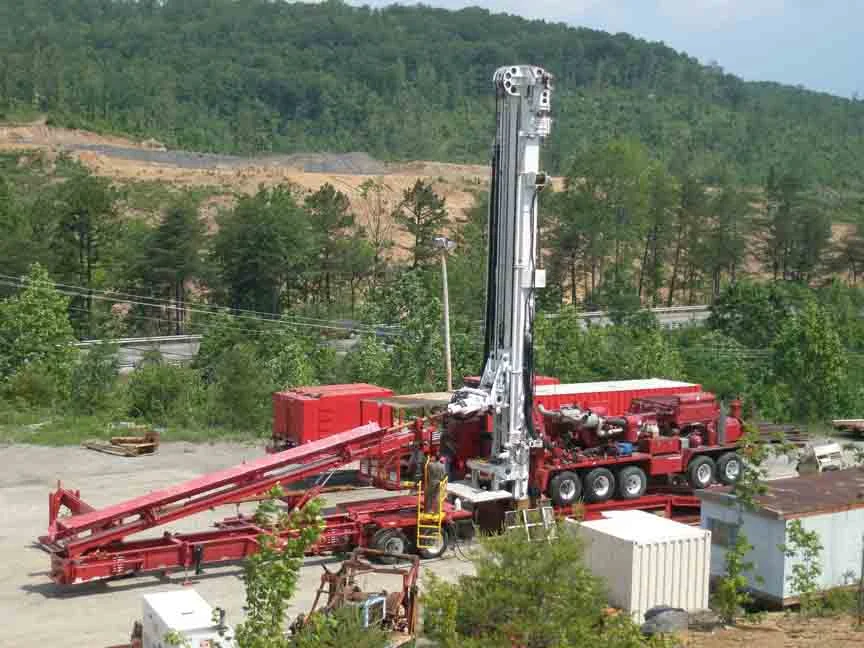
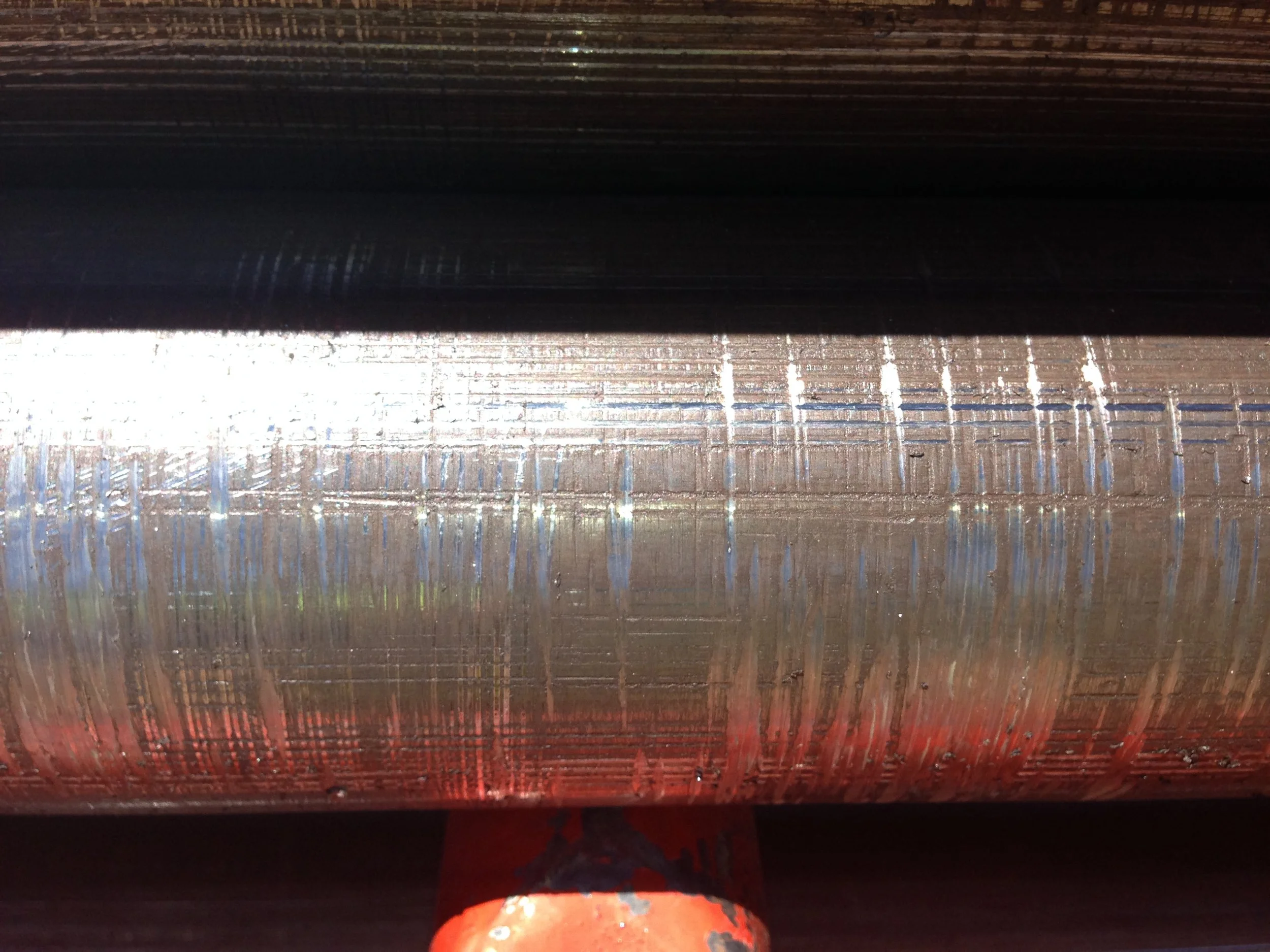



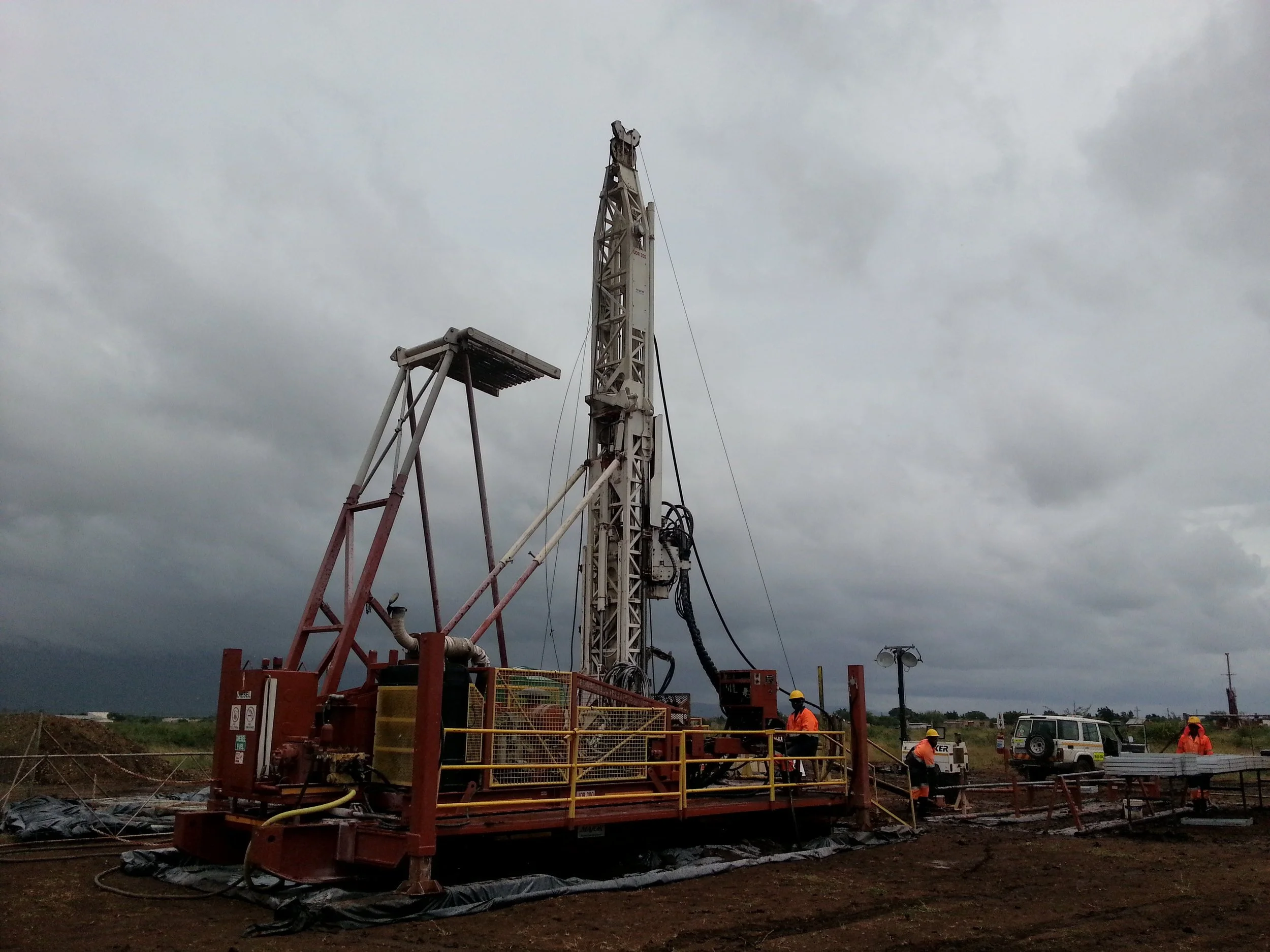










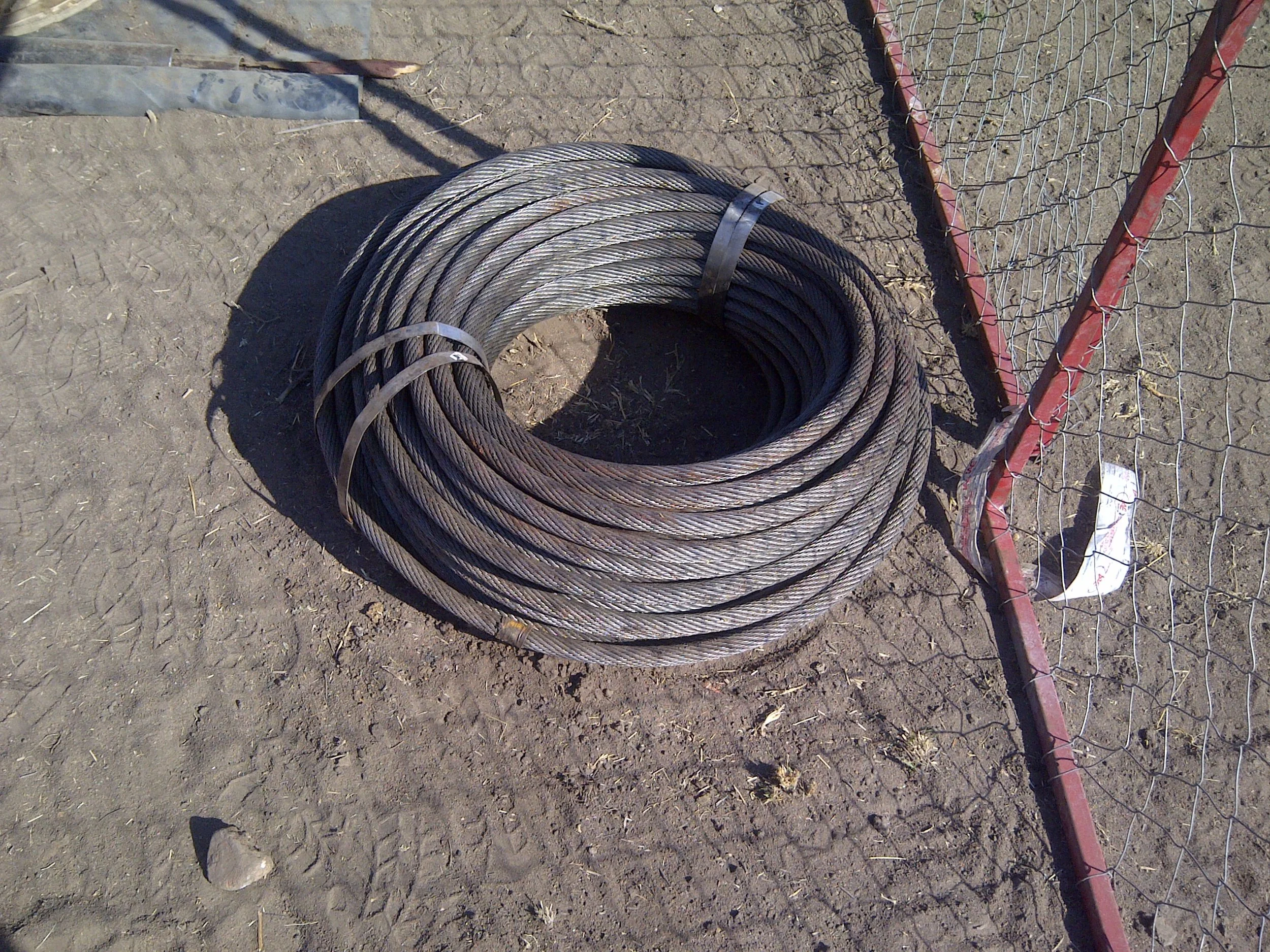


I am one of the luckiest people in the exploration industry because I get to visit the drilling operations of a number of contractors in a variety of countries. I get to see shallow diamond core operations, deep coring operations, dual-tube reverse circulation and rotary percussion operations.